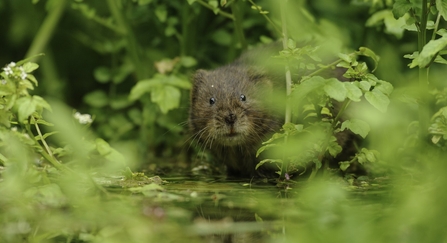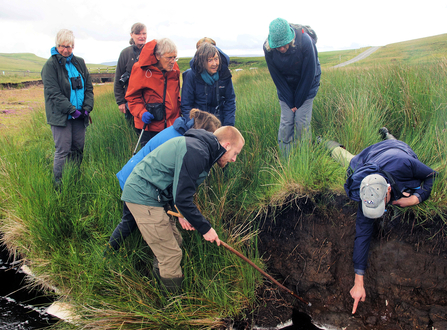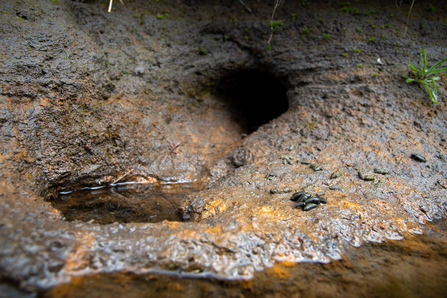I’m sure most of you will have seen a dog digging, it’s forepaws scrapping away like crazy. Even if you haven’t actually seen it, I am equally sure you can picture a mole tunnelling away underground. Water voles also make burrows, but these incredible little animals do not dig into the river bank. No, they chew their way in. Using their constantly-growing incisors, water voles gnaw away the dirt which is then pushed aside by the front feet. This is just one quirky fact about water voles that makes them so appealing.
Another fact is more alarming. Water voles may be Britain’s fastest declining mammal. Disappearing quicker than anyone else is not a race anyone wants to win but, sadly, water voles may be out in front. It is estimated that they are only found in 5% of their historical range. Having once been found across almost the entire UK, they now only exist in small patches and pockets. Imagine a Christmas tree covered in lights. Slowly, start turning off the lights until you have turned off 95% of them. How does the Christmas tree look now? Here, at Durham Wildlife Trust, we want to make sure no more lights go out.






